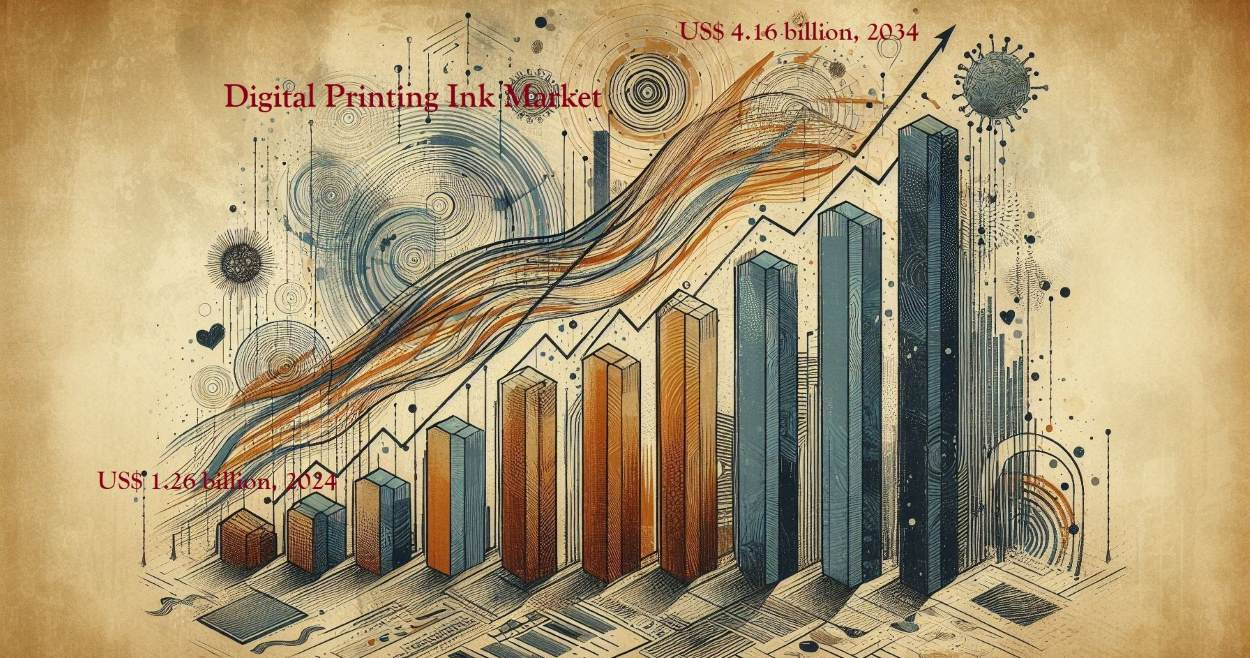
Eco-friendly Nature of Digital Textile Printing Inks Driving Consumption Growth In Textile Industry
Digital textile printing inks as its
name indicates, are specifically produced to meet the requirements of digital
printing processes which is different form the conventional inks that are used
in offset or flexographic printing. They typically comprise colorants, binders,
solvents, and additives. The pigments or dyes provide the desired colors, while
binders aid in adhering the colorants to the substrate by binding them
together.
According to a recent industry report
by Fact.MR, Global sales of digital printing inks are estimated at US$ 1.26
billion in 2024 and expected to grow at a CAGR of 12.7% through 2034. Summary
of this report can be found at:
https://www.factmr.com/report/digital-textile-printing-inks-market
Ink formula varies based on factors
such as print-head technology, ink delivery method, and inkjet droplet size.
Digital textile printing inks are designed to work with various types of
fabric. The composition of the ink also varies based on the surface
characteristics of different substrates to ensure proper adherence and vibrant
color.
Digital printing allows for
direct-to-garment printing, thus eliminating additional steps and speeding up
textile production. Digital printing empowers customizable designs that facilitates
the creation of unique patterns on apparel, home decor, or promotional items,
thus catering to individual preferences. The eco-friendly nature of digital
inks in line with the emphasis on sustainability is boosting their use in the
textile industry.
The report projects that by 2034, textile Dyes market would be US$ 15 billion, organic Dyes & Pigments market would be US$ 40 Billion. Global sales of digital printing inks are estimated to touch US$ 1.26 billion in 2024 which is expected to reach 4.16 billion by 2034 end.
If you wish to Subscribe to Textile Excellence Print Edition, kindly fill in the below form and we shall get back to you with details.








